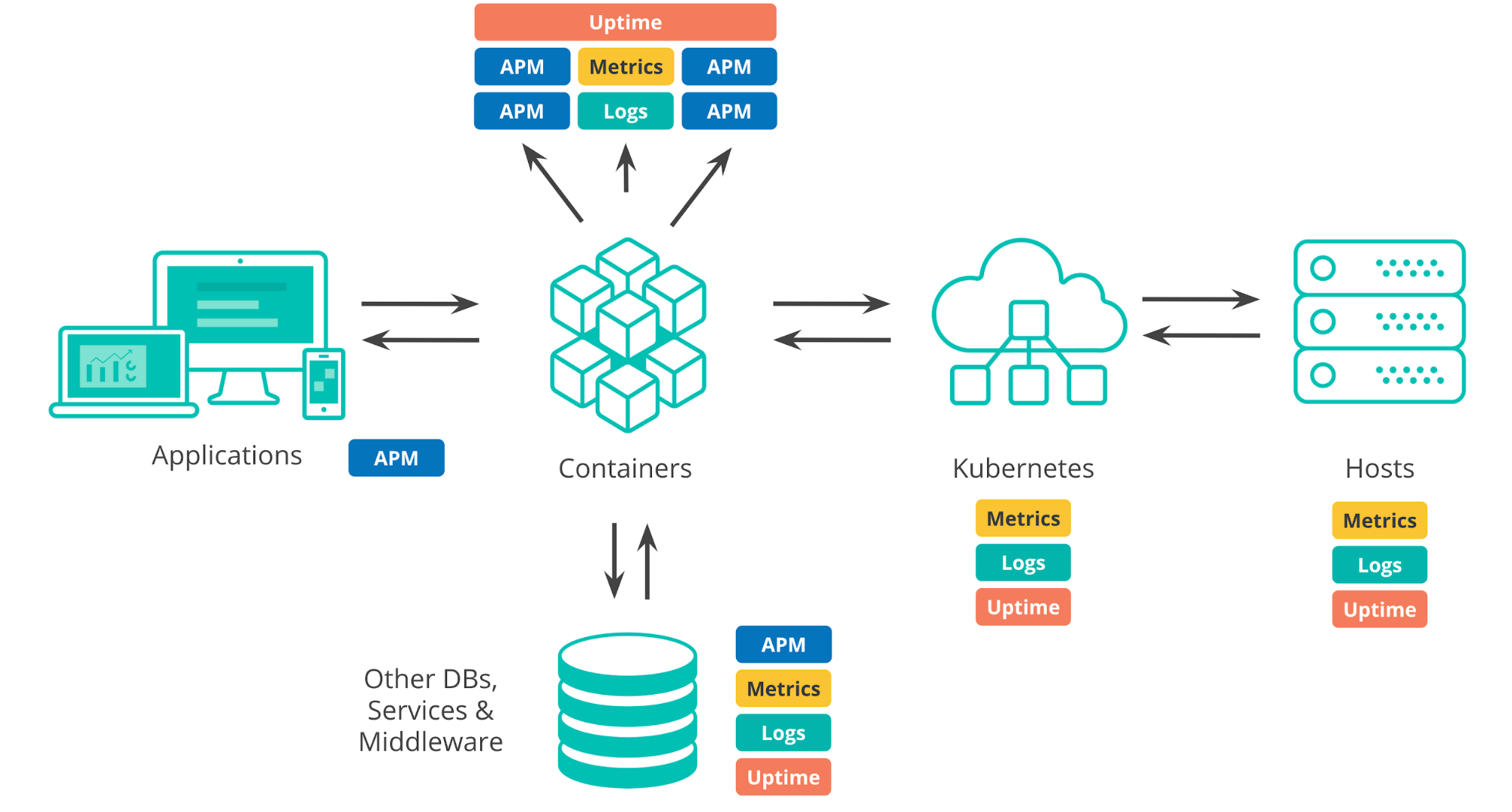What Are the Best Practices for Implementing Microservices Architecture?
Scale smarter, not harder: Proven microservices practices that deliver results.

Microservices aren’t just a buzzword anymore. They’re the foundation of how modern software is built. If you’re reading this, chances are you’ve outgrown your monolithic architecture, or maybe you’re starting fresh and want to do it right from the beginning. Either way, you’re in good company.
But here’s the thing. Implementing microservices isn’t a plug-and-play operation. It’s a journey. And like any journey, there are pitfalls and shortcuts that could make or break your success. I run an outsourced software development company called 1985, and over the years, we’ve helped companies navigate the tricky waters of microservices. This post will share what we’ve learned, not just from theory but from building systems that have scaled, failed, and ultimately thrived.

Start Small, Think Big
When shifting to microservices, ambition is both a blessing and a curse. It’s tempting to break everything into services right away. Don’t. Start small. Identify one or two parts of your system that can be isolated and deployed independently. These should be areas where you can quickly see the impact of the change—be it faster deployments, better scalability, or reduced downtime.
Take Amazon, for example. The e-commerce giant didn’t wake up one day and rewrite everything. It started with specific pieces, like its infamous "Buy" button, and gradually scaled the architecture from there. It’s a lesson in patience and focus.

The "Why" Behind Microservices
Before you even write a line of code, ask yourself: Why are you doing this? Microservices aren’t a silver bullet. If your monolith isn’t slowing you down or causing maintenance headaches, maybe it’s good enough for now. But if you’re struggling with long deployment cycles, scaling bottlenecks, or a tightly coupled codebase, then microservices might be worth the leap.
Define clear goals. Are you aiming for faster time-to-market? Better fault isolation? Easier team scalability? Clarity upfront will guide every technical and organizational decision you make.

Design Services Around Business Capabilities
One of the fundamental principles of microservices is aligning services with business capabilities. But what does that really mean? It’s not about creating services named after teams or technologies. Instead, think about what your business does—and design services around those functions.
For instance, if you’re running an online marketplace, your business capabilities might include user management, order processing, and payment handling. Each of these can become a service, with its own database, logic, and API. This approach ensures that your services have clear boundaries and avoid stepping on each other’s toes.

Avoiding "Nano-services"
Here’s where nuance comes in. While breaking down services is the goal, going too small can backfire. Splitting a single capability into multiple microservices (let’s call them "nano-services") creates unnecessary complexity. Communication overhead balloons, debugging becomes a nightmare, and deployment pipelines choke.
The sweet spot lies in finding the right granularity. A good rule of thumb? If two services are so tightly coupled that a change in one almost always requires a change in the other, they’re probably better off as one service.
Choose the Right Communication Patterns
Communication is the backbone of microservices. But unlike monoliths, where everything happens in-process, microservices rely on network calls. This adds latency, potential failure points, and new design challenges.

Synchronous vs. Asynchronous
Not all communication needs to be synchronous. While REST APIs are a common choice, they’re not always the best. For operations that don’t require an immediate response—think event logging or email notifications—asynchronous messaging systems like Kafka or RabbitMQ can reduce load and improve resilience.
Imagine you’re running an e-commerce platform. When a customer places an order, you might:
- Synchronously confirm the order to the customer (high priority).
- Asynchronously notify the warehouse for fulfillment (lower priority).
- Log the event for analytics (lowest priority).
By mixing patterns, you can optimize both speed and reliability.
The Fallacy of "Reliable Networks"
Networks fail. Period. Designing microservices means planning for it. Use retries, timeouts, and circuit breakers to make your services more robust. Tools like Netflix’s Hystrix have popularized this approach, and for good reason. A failing service should degrade gracefully, not take down your entire system.
Embrace Automation
Microservices multiply everything: services, deployments, logs, metrics, you name it. Without automation, the operational overhead will bury your team.

CI/CD Pipelines
A robust Continuous Integration/Continuous Deployment (CI/CD) pipeline is non-negotiable. Each service should have its own pipeline, capable of building, testing, and deploying independently. Tools like Jenkins, GitHub Actions, or CircleCI make this manageable.
Automation doesn’t stop at deployments. Automated testing—unit, integration, and contract—is your safety net. With microservices, the blast radius of a failure is smaller, but it’s still disruptive. Catching issues before they hit production is the goal.

Infrastructure as Code (IaC)
Tools like Terraform, AWS CloudFormation, or Pulumi let you define your infrastructure in code. This makes spinning up or tearing down environments repeatable and consistent. It’s particularly useful in microservices, where you might need separate environments for different teams or stages of development.

Monitoring and Observability
Monitoring isn’t a "set it and forget it" task. With microservices, it’s more like a living organism that needs constant care.

Logging
Logs are your first line of defense when something goes wrong. But with dozens (or hundreds) of services, managing logs can be overwhelming. Centralize them using tools like ELK Stack (Elasticsearch, Logstash, Kibana) or Fluentd with a cloud provider like AWS CloudWatch or Azure Monitor.
Metrics and Tracing
Metrics give you a bird’s-eye view of your system’s health. Are response times creeping up? Is CPU usage spiking? Tools like Prometheus and Grafana help visualize trends and anomalies.
For tracing, consider OpenTelemetry or Jaeger. Distributed tracing helps you follow a request as it hops between services, pinpointing where delays or errors occur. It’s invaluable when debugging complex interactions.

Prioritize Security
Security in microservices isn’t just an afterthought. It’s table stakes. Each service has its own attack surface, so the risk multiplies. Here’s how to keep things locked down:
- Use Service Meshes: Tools like Istio or Linkerd handle service-to-service communication securely, encrypting traffic and enforcing policies.
- Implement API Gateways: They act as a front door, controlling access and throttling malicious requests.
- Follow the Principle of Least Privilege: Each service should only access the data and resources it absolutely needs. Use IAM roles or similar mechanisms to enforce this.

Build for Failure
Microservices aren’t inherently more reliable than monoliths. In fact, with more moving parts, failures are more likely. But how you handle failure makes all the difference.
Circuit Breakers
A circuit breaker prevents cascading failures by stopping a service from making repeated failed calls. Think of it as a safety valve that kicks in when pressure builds too high.
Bulkheads
Bulkheading involves isolating critical parts of the system so they don’t bring down everything else. For example, if your payment service crashes, your catalog and search features should remain unaffected.

Foster a Culture of Collaboration
Technology alone doesn’t make microservices work. Your teams play an equally critical role.
Autonomous Teams
Each team should own one or more services, end-to-end. This includes development, testing, deployment, and monitoring. Autonomy encourages accountability and reduces bottlenecks.
Shared Knowledge
Microservices can create silos if teams don’t communicate. Invest in cross-functional training and regular knowledge-sharing sessions. It ensures everyone understands the bigger picture.
Recap
Microservices aren’t for the faint-hearted. They promise agility, scalability, and resilience, but only if implemented with care and foresight. Start small, design around business capabilities, automate ruthlessly, and don’t skimp on monitoring or security.
At 1985, we’ve seen companies thrive with microservices—and we’ve seen others struggle. The difference often comes down to planning and execution. So take the plunge, but do it wisely. The rewards are worth it.



